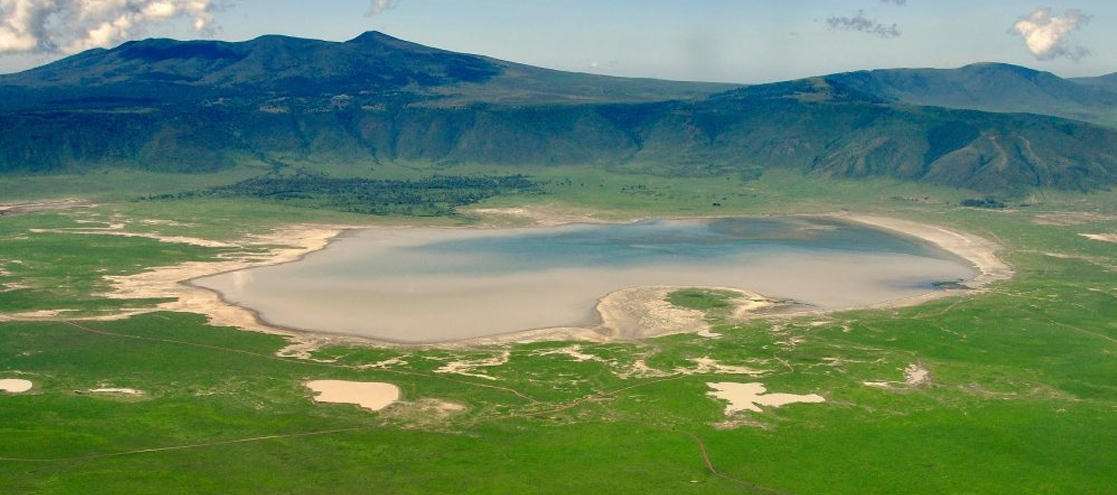
Ngorongoro Crater is one of Tanzania’s most breathtaking natural attractions and a UNESCO World Heritage Site. Formed over two million years ago by the collapse of a giant volcano, this vast caldera spans about 260 square kilometers and is the world’s largest inactive, intact volcanic caldera.
The crater’s unique ecosystem supports an astonishing density of wildlife, including lions, elephants, buffaloes, rhinoceroses, zebras, and hippos, all living in a relatively small, enclosed area. It’s one of the few places in Africa where visitors can reliably spot the endangered black rhino.
The lush crater floor offers a striking contrast to the arid plains outside, with diverse habitats ranging from grasslands to swamps and forests. The Maasai people still live around the crater rim, adding rich cultural significance to the landscape.
Ngorongoro Crater provides visitors with an extraordinary safari experience—combining wildlife viewing, stunning scenery, and cultural encounters in one unforgettable destination.


